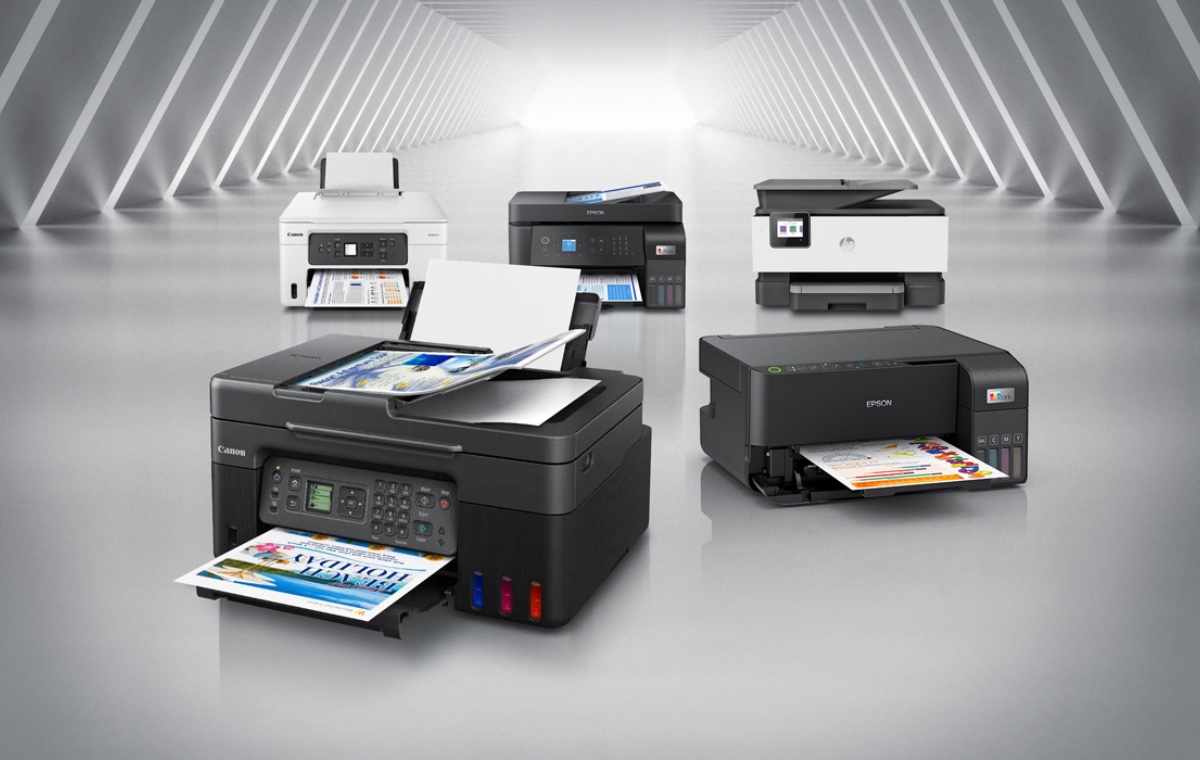The printer motor is a vital part of the printer. It is responsible for controlling the movement of the print head to achieve the printing function. When selecting and applying printer motors, many factors need to be considered, including printer type, printing speed, accuracy requirements, cost control, etc. The following will introduce in detail the selection of motors, drive solutions, troubleshooting, etc., in order to provide customers with comprehensive solutions.
First of all, the choice of printer motor needs to be determined according to the type of printer. Common printer types include inkjet printers, laser printers, thermal printers, etc. Different types of printers have different requirements for motors. For example, inkjet printers require high positioning accuracy and speed control capabilities, so they usually choose stepper motors or servo motors; while laser printers require high rotational speed and acceleration, so it is more appropriate to choose brushless DC motors. In addition, parameters such as motor power, torque, size and weight also need to be considered to ensure that the selected motor can meet the needs of the printer.

Secondly, for the printer motor drive solution, you can choose traditional open-loop control or closed-loop control. In traditional open-loop control, the motor’s speed and position are realized through an open-loop controller. This solution has a lower cost, but requires higher stability and accuracy of the motor. Closed-loop control uses feedback devices such as encoders to achieve closed-loop control of the motor position and speed, which can improve the stability and accuracy of the system, but the cost also increases accordingly. When selecting a drive solution, the performance requirements and cost budget of the system need to be comprehensively considered to determine the most appropriate solution.
In addition, when troubleshooting printer motors, you need to pay attention to the following points. The first is the temperature control of the motor. When the printer is working, the motor will generate a certain amount of heat. It is necessary to control the temperature of the motor through a heat dissipation device to avoid damage caused by overheating. Secondly, there are motor protection measures, such as over-current protection, over-voltage protection, etc., which can be achieved through motor drivers. The last step is regular inspection and maintenance of the motor, including cleaning the motor surface and checking whether the motor connection lines are loose, etc. to ensure the normal operation of the motor. In addition, it is also necessary to consider the life and reliability of the motor and choose motor products with good quality and stability to reduce the possibility of failure.
To sum up, the selection and application of printer motors need to comprehensively consider the printer type, performance requirements, cost control and other factors, select the appropriate motor type and drive scheme, and strengthen the temperature control, protection measures and regular maintenance of the motor to ensure The printer motor is working properly. Through the above comprehensive solutions, customers can better select and apply printer motors and improve printer performance and reliability.
Writer : Sharon
Post time: Sep-03-2024

